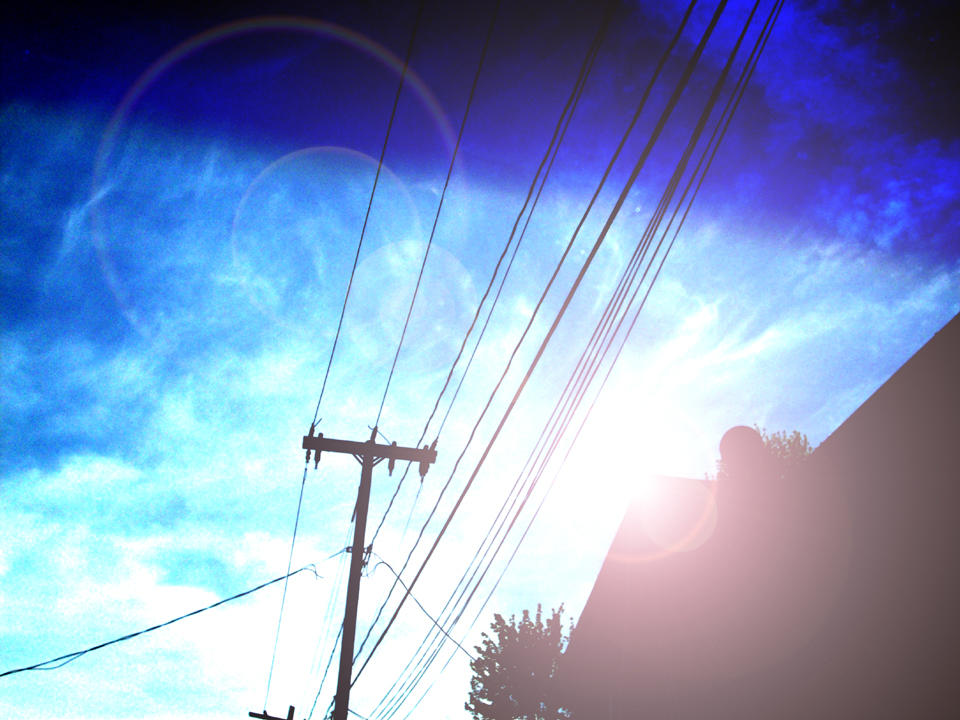
Section Branding
Header Content
Macon Officials Discover Law They Didn't Know They Had
Primary Content

Anyone looking up during a stroll along Cherry Street is supposed to see nothing but buildings, signs, birds and sky.
All utility lines within a 20-block area of downtown, bounded by New, Walnut, Pine and Fourth streets are supposed to be buried, not strung overhead. Fourth Street is now named Martin Luther King Jr. Boulevard.
The prohibition on overhead lines has been in effect for more than a century, but no one can remember the last time the city ordinance was enforced. Even so, the law is on track to remain on the books in the new Macon-Bibb County consolidated government, which will take office in January.
“The only reason that we were given to remove this from the code is that Georgia Power didn’t particularly care for this type of regulation,” Macon City Councilman Tom Ellington said.
But Brian Green, a spokesman for Georgia Power, said the issue is more complicated than simple compliance with a city law.
“We are regulated by the Public Service Commission at the state level,” he said. That supersedes local regulations, and current state law requires lines to be placed overhead, Green said.
Ellington said he doesn’t expect any immediate push to put downtown utilities underground.
“But if we didn’t have that in (the law), it’s never going to happen,” he said.
In fact, Ellington would like to see the no-overhead-lines zone extended outward, at least along the Second Street corridor that Mayor Robert Reichert wants to turn into a landscaped, pedestrian-friendly showpiece. On that street, it would be more than an aesthetic issue, Ellington said.
“There’s a real conflict between street trees and overhead power lines,” he said.
Reichert said he supports including the old city rule in the new government’s ordinances, though when he takes office as mayor of the consolidated government he doesn’t plan an enforcement push.
“It’s not a priority for me at this point,” he said.
CONTINUE READING THIS ARTICLE AT MACON.COM
Tags: The Telegraph, Macon-Bibb consolidation, Adam Ragusea, Jim Gaines, powerlines
